Ajax Building Permits: Understand Steps to Apply, Permit Status and Requirements For Construction & Demolition
Looking for a convenient solution to handle your building requirements and permits in Ajax? We've gathered all the essential information

Maximum 4 project can be compared at one go.

A house is more than just four walls. This is where memories take root and blossom. It is an integral part of the human experience. It is safety, warmth and belonging. Amidst the intricate dance of life’s priorities, the importance of affordable housing cannot be overstated. It stands as a fundamental life act, an essential pillar supporting individuals and families alike. Affordable housing in Pickering has an intricate housing system that helps to ensure that affordable housing in Pickering is not just a matter of convenience; it is a matter of equity, dignity and societal balance.
Affordable housing in Pickering caters to diverse needs and preferences. In the heart of the Durham region, Pickering is home to a variety of housing solutions provided by private landlords, social housing initiatives, and dedicated affordable housing providers. These options aim to offer subsidised housing in Pickering and bridge the gap between the dream of having a home and the reality of making it affordable for everyone.
Affordable housing, in simple terms, is rental housing made possible through government funding programs such as the Canada-Ontario Affordable Housing Program and the Investment in Affordable Housing (IAH) program. These initiatives ensure that a portion of the rental market remains within reach for a broader spectrum of individuals and families.
One key feature of affordable housing in Pickering is that rents are set at approximately 80 percent of the average market rents for similar units in the area. This means that individuals and families can enjoy the comfort of a housing shelter in Pickering without bearing the full burden of skyrocketing rental prices.
Here are some of the most basic agreements and clauses that you should know about before buying your new house.
A Subdivision Agreement is like a promise between the City and a builder. This agreement spells out what the builder has to do for the City, such as making roads, sewers, parks, open spaces, and other services in the new neighbourhood. These agreements usually contain various other clauses and advisories to ensure fair practice.
You will also need to figure out who will be the Consulting Engineer, Developer or Builder of your home. You can easily check these names from your Purchase and Sale Agreement.
Subdivision Agreements often contain warning and advisory clauses. These clauses may be passed on to future builders and homeowners through the Agreement of Purchase and Sale. They give important information to homeowners about possible problems with their property or neighbourhood. It's crucial for buyers to carefully go through their Agreement of Purchase and Sale, especially the warning clauses and special conditions, with the help of their lawyer before signing it.
You should also understand clearly what everyone in the clause is responsible for:-
The Consulting Engineer plays a crucial role in the development process by designing municipal infrastructure, including stormwater management ponds, sewers, roads, curbs, and sidewalks. Throughout construction, it is the Consulting Engineer's responsibility to oversee the installation of the infrastructure according to the approved design. Upon completion of the construction, the Consulting Engineer certifies that the work has been carried out per the specified design and standards. Their involvement ensures the proper implementation and quality assurance of essential infrastructure elements in the new development.
The Developer takes care of putting in city infrastructure like stormwater management ponds, sewers, roads, curbs, sidewalks, streetlights, boulevard tree planting, and some fencing and landscaping in the new neighbourhood. The Developer is also in charge of looking after and fixing any issues with this infrastructure until the city officially takes over the subdivision.
The Builder handles the construction and exterior elements to ensure your new home is ready for you to move in. They manage tasks like building your house, managing the grading and sodding of your lot. They can also be expected to pave your driveway if specified in the Purchase and Sale Agreement.
When a new subdivision is under construction, the city takes on the role of reviewing the development and ensuring that all municipal infrastructure adheres to City standards. Once the site is occupied, City staff are available to help coordinate and address any concerns residents may have related to the new subdivision.
There are many doubts that new homeowners have been known to have after they’ve already bought their new homes in Pickering. Some of the most obvious doubts that people have been seen to project have been covered below.
The City of Pickering assigns dwelling unit numbers based on an approved protocol. If numbers are assigned before the subdivision plan is registered, they may be subject to change to meet all requirements. If a home is purchased after registration, the new owner can request a number change, but it's not guaranteed. City Staff will review the request. For more details, visit the City of Pickering website.
Discovering an easement on your property means that a portion of your land has a designated area for infrastructure owned by an entity other than yourself, like the City or a utility company. This easement is officially recorded on your property and allows the infrastructure owner access to your land for maintenance purposes. Infrastructure within easements may include items such as catch basins, underground pipes, and utility pedestals.
It's important to note that residents are not allowed to build or install any structures within the easement area, as they need to remain accessible for maintenance and upkeep of the infrastructure. Understanding the presence of an easement helps ensure compliance with these usage restrictions and supports the ongoing functionality of the shared infrastructure on your property.
Now if you're wondering when your grading deposit will be returned, note that the City doesn't hold it; the Builder does. Typically, the Builder returns the deposit after the City assumes the subdivision. Check your Purchase and Sale Agreement for specifics and contact your Builder for more details.
Regarding your lot grading certificate, the final certificate is issued by the Consulting Engineer. This certificate certifies that your lot has been graded per the approved lot grading plan. It is provided after the lots have been graded, sodded, inspected, and any necessary rectifications have been addressed.
You can simply confirm if a final lot grading certificate has been issued for your lot by getting in touch with your Builder. They will be able to provide you with the relevant information about the certification status for your specific property.
Catch basins are essential in our subdivision, collecting stormwater and managing drainage. Stormwater from drainage swales on your property and your neighbours' properties is directed to these catch basins. Homeowners must not remove or cover them, as tampering could disrupt the drainage system's proper functioning, impacting the entire community's stormwater management.
Regarding drainage swales, homeowners are not allowed to fill them in, as this would negatively affect neighbouring properties' drainage. Liability for damages to other properties resulting from filling in drainage swales could be incurred by homeowners.
Similarly, residents are not permitted to alter the grading and drainage patterns on their properties. The overall grading is determined during the subdivision approval stage, and detailed grading for each lot is established during the building permit stage. Altering the grading designed for stormwater management can have adverse effects on the entire development.
Homeowners who change drainage patterns may be held liable for resulting damages. Adhering to these guidelines is crucial for maintaining effective stormwater management and preventing issues in our community.
If you're thinking of widening your driveway, check the City's rules in the Zoning By-law. Remember, any widening allowed should happen on the private side, and in new areas, curb depression widening isn't allowed.
For the paving details, you should look into your Purchase and Sale Agreement to see if the Builder is handling driveway paving. The Developer is responsible for the driveway apron, and your Builder can provide timing information. The area between driveways is usually sodded for drainage. Avoid installing hard surfaces here, as it impacts the overall stormwater plan. Stick to these guidelines for a well-kept property.
For queries regarding putting up a fence, you should check your Purchase and Sale Agreement for fence construction timing requirements. Typically, wait until the lot grading is certified by the Consulting Engineer before installing fences for easy access in case of repairs.
Also know that neighbours usually share the "basic cost" of a new division fence, governed by Pickering's Fence Cost Sharing. This cost is for a 4-foot chain-link fence meeting minimum standards. The by-law outlines responsibilities, procedures for payment default, and requirements for repair and reconstruction.
Additionally, when installing a gate, if your property backs onto a park or an open space owned by the City, installing a gate in the fence is generally not allowed. However, if your property faces a park or open space with mowed grass, installing a gate might be possible.
If you are planning to add a pool or pond to your property, you should keep in mind that the City has a pool enclosure package to help you understand the permit requirements. For example, if the water's depth goes beyond 0.6 metres at any point, it must be enclosed as per the City's Fence requirements. If your subdivision hasn't been assumed, you'll need written permission from the Developer before the City can issue a pool enclosure permit. Ensure to check and comply with these guidelines to create a safe and compliant water feature on your property.
The Subdivision Agreement between the City and the Developer establishes timelines for grading and sodding in the development. While your lot might not be sodded right away to allow for settlement and repairs, weather conditions could also cause delays. For information on when sod will be placed on your lot, it's recommended to reach out to your Builder, as the City does not have this specific information. Your Builder can provide details about the timing of sod placement for your property.
For accessory structures like sheds and decks, you should usually wait for a final lot grading certificate before construction. This allows developers access to potential rectifications. Refer to your purchase and sale agreement for confirmation. You can visit the City's website for more details.
No building permit is needed for the condenser unit in new developments. However, it must adhere to setback and location restrictions outlined in the Zoning By-law. Specifically, it should be placed in a rear yard, interior side yard, on a roof, or balcony, with a 0.6-meter setback from an interior lot line. Importantly, the condenser unit cannot be placed on a City easement. Compliance with these regulations ensures proper placement of the air conditioner's outdoor component.
Moving forward from your property and your personal belongings, let us now understand the community housing requirements and laws.
When you study and understand a subdivision agreement in detail you will find a ‘Assumption of the Subdivision’ clause. This usually means that the City takes over maintaining all the public stuff like roads, sidewalks, trees, and streetlights. This usually happens 3 to 6 years after the Subdivision is registered, or when the Developer finishes all their duties in the Subdivision Agreement. You can check if your subdivision has been assumed at the Engineering Services Department through telephone and email.
The ponds you see in new subdivisions serve a crucial purpose. They collect and hold stormwater runoff to prevent downstream flooding and erosion, or they treat water for impurities before safely releasing it into creeks. To know the specific role of the pond in your subdivision, contact the Engineering Services Department.
Recreational Use Caution:
While these ponds and the access roads around them might seem tempting for recreational activities, they are not intended for such purposes. Fluctuating water levels, water quality concerns, and thin ice make them unsafe for activities like swimming, skating, or fishing. Avoid using maintenance access roads for walking, jogging, biking, rollerblading, or dog walking. Dumping waste into stormwater ponds is also illegal, and the City won't be responsible for unintended use.
The boulevard trees are planted in spring or fall by the Developer, after laying sod, avoiding hot months. The location of these trees is decided based on factors like above-ground and underground infrastructure. These locations are predetermined, making it challenging to relocate boulevard trees. All developers are instructed to plant one tree per home but it might not always be the case. Factors like transformers, utility pedestals, streetlights, signs, hydrants, and proximity to intersections decide if a tree can be planted.
If there's no space, the Developer might plant a tree elsewhere in the subdivision where there's room. So, you might not have one as well. Except for boulevard trees, it's the property owner's job to maintain the municipal boulevard and ensure that the grass and weeds should stay under 15 centimetres in length.
Specific Regulations Include:
The City's Boulevard Maintenance Law does prohibit cutting trees, damaging or destroying them and even other improvements like fixtures, grass or sidewalks.
If your Builder advises parking on the street during driveway or curb work, it's part of ongoing subdivision development. The Builder should coordinate with the City for parking restrictions, exempting only the 3-hour and 2:00 am - 5:00 am limits. If you receive a ticket during these exemptions, contact the City and the builder within seven days. Additionally, consider applying online for special circumstances like driveway repairs or overnight guests through the City's Parking Consideration Request system.
For any questions regarding the affordable housing in the Pickering scheme or new developments in Pickering, you can reach out to the Engineering Services Department at 905.420.4624 or email engser@pickering.ca. They'll be able to provide the information you're looking for.
The scheme helps make affordable housing in Pickering simple. From the various options provided by private landlords, subsidised housing initiatives, and specialised affordable housing providers, Pickering addresses the diverse housing needs within the Durham region. By ensuring that rents are set at around 80 percent of the average market rates, Pickering is actively working to make the dream of having a home not just a possibility but a reality for a wide range of individuals and families. In this way, Pickering fosters a community where everyone can find a place to call home.
You May Also Read:
Looking for a convenient solution to handle your building requirements and permits in Ajax? We've gathered all the essential information

Managing property taxes is an important part of property ownership in Brock Township. It goes beyond just making payments. Understanding
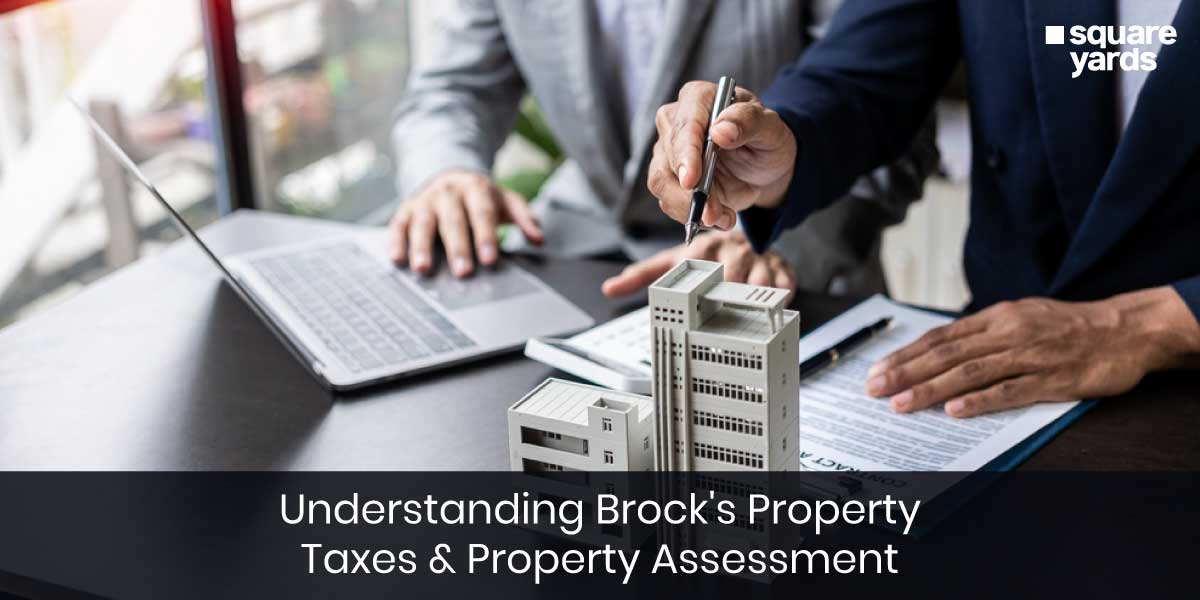
If you live in Canada, you’d know the importance of the property standards set by the Township of Brock. By
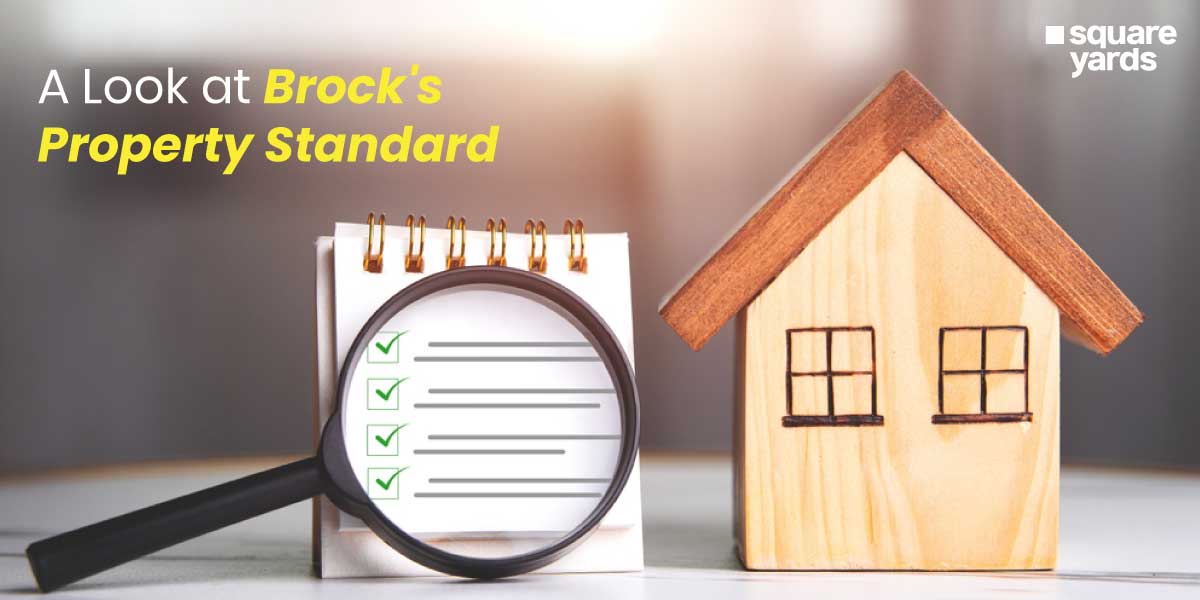
It is a known fact that one must obtain a building permit before constructing or renovating buildings in Canada. You
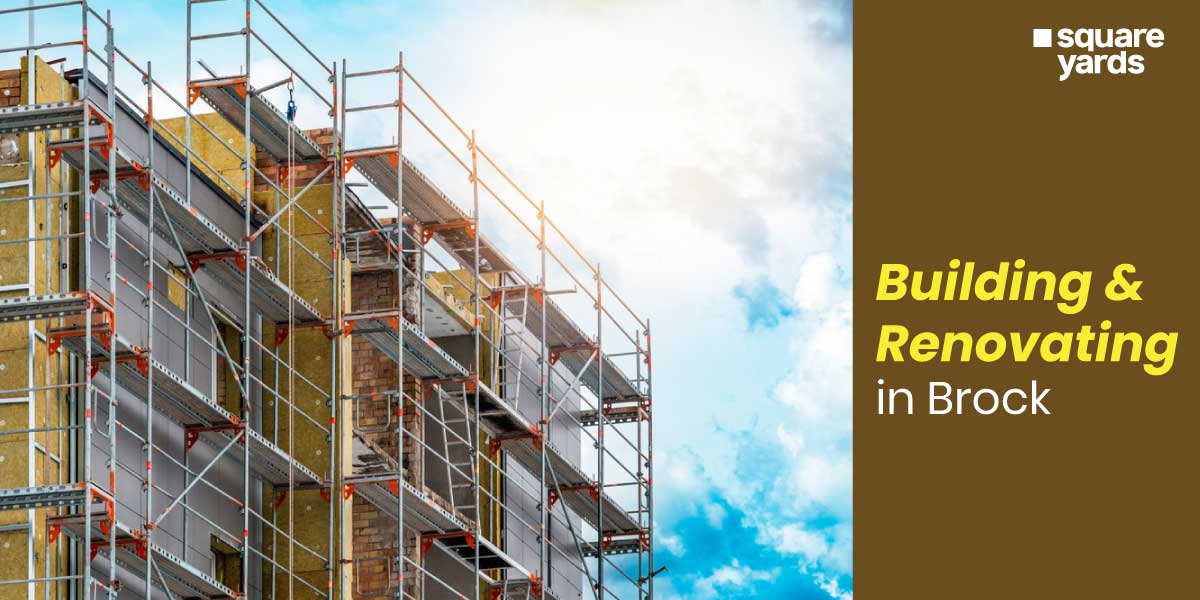
Development Plan in Brock in real estate have always remained a cornerstone in shaping the physical and social fabric of

Understanding development charges in Pickering is crucial for anyone involved in property development. These charges play a significant role in

Pickering, a city rich in history and cultural significance, stands as a testament to Ontario's diverse heritage. With its stunning

Pickering as a city is on the verge of a projected surge of population to above 150,000 by 2036. At

Building renovations in Ajax are frequently executed to modernise and enhance living areas. Renovations serve various purposes, whether improving the

Pickering Building permits govern all buildings allowed in the neighbourhood and guarantee the security of the landowner, licenced contractors, and

In the land of maple syrup, poutine, and breathtaking landscapes, understanding your property tax payment options and obligations is not
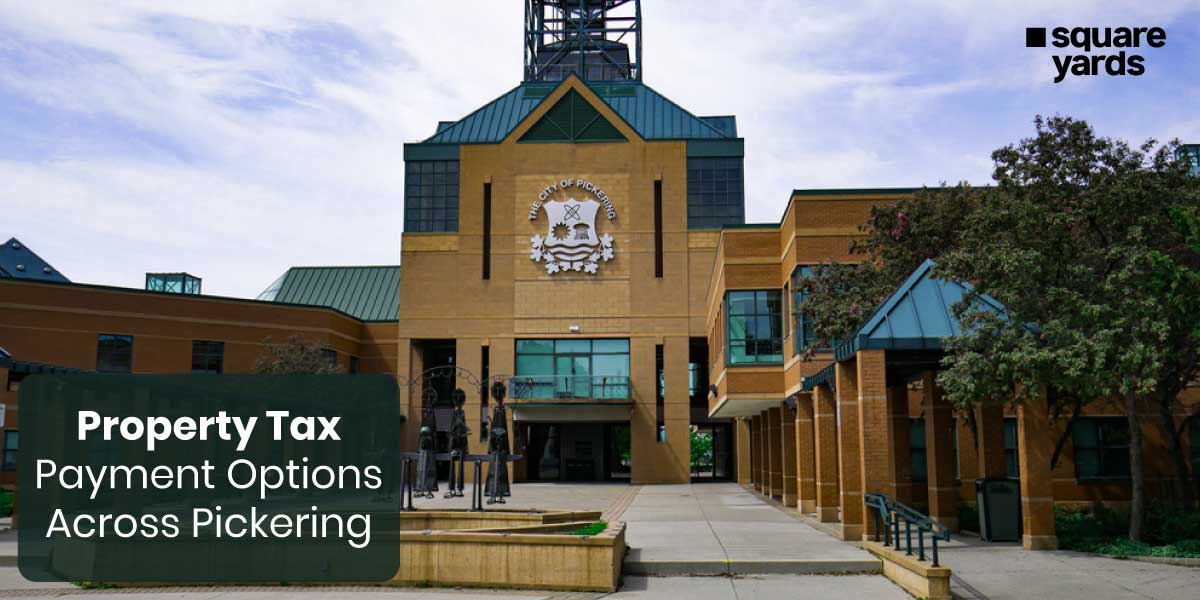
Zoning laws in Pickering, like in many Canadian cities, plays a vital role in shaping the landscape and development. The

How can homeowners in Pickering generate extra rental income? Additional Dwelling Unit (ADU) are the answer! By adding a separate

Did you know that a building inspection in Pickering can uncover hidden issues in a property? Inspectors look into all

Picture walking through an ornate gateway and strolling along a circular driveway leading to a remarkable design home. At first glance, 1370 Oak Lane in…

Buying a new home while selling your current one can be challenging, especially when closing dates do not match. Bridge Financing guide helps homebuyers manage…
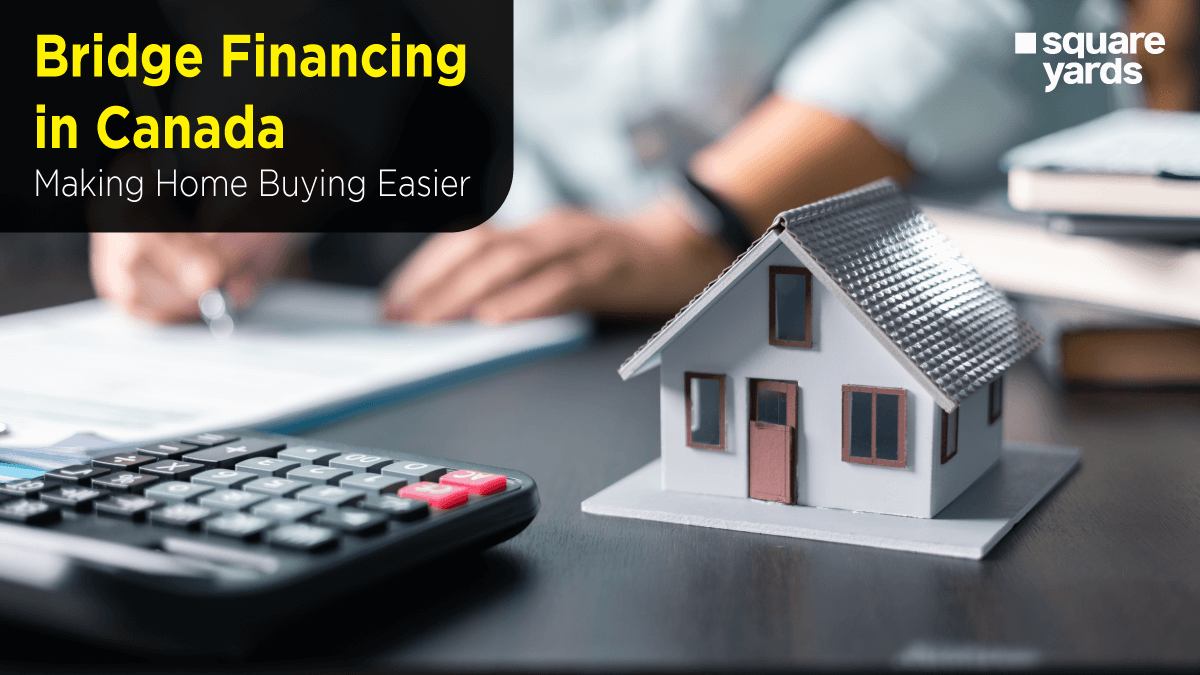
Losing a job can be a distressing experience, particularly when managing housing costs. Whether you have a mortgage or pay rent, housing expenses often comprise…

Metro Vancouver is considering extending the Development Cost Charges (DCC) in-stream protection period. This proposal aims to secure funding from the Canada Housing Infrastructure Fund…

Once a playground for the global elite, the Toronto real estate market faces an unexpected slowdown. What was once a hotbed for high-net-worth individuals eagerly…

Miami homes have been recognised as a prime destination for real estate investment, attracting both domestic and international investors with strong rental incomes and luxury…

Have you seen a run-down house transformed into a beautiful home and sold for a profit? If the answer is yes, you have witnessed house…

For years, Toronto condo market has been a playground for investors, fueling pre-construction sales, driving prices up, and shaping the city’s skyline. But today, that…

Vancouver is no stranger to innovative housing solutions. Due to its growing population, rising housing costs, and limited land availability, the city continuously seeks to…

Moving into a new home is exciting but comes with unexpected costs. While most people plan for rent, other fees like application charges, security deposits,…

Vancouver, a city of glittering towers and growing tent cities faces a paradox. A new luxury development once promised inclusivity but now leaves social housing…

Ontario is facing an unparalleled housing crisis, yet an overlooked paradox exists: over 5 million bedrooms sit empty across the province. This figure equates to…

The sharing economy has revolutionised how we travel and live, and Airbnb Home in Canada has become a dominant force in this transformation. According to…

Choosing between a starter home vs forever home in Canada is a crucial decision for any homebuyer. A starter home is a smaller, more affordable…

The Fana Group of Companies has recently proposed a four tower condo in Etobicoke West Mall neighbourhood, providing 1000 residential units. Originally submitted in December…
